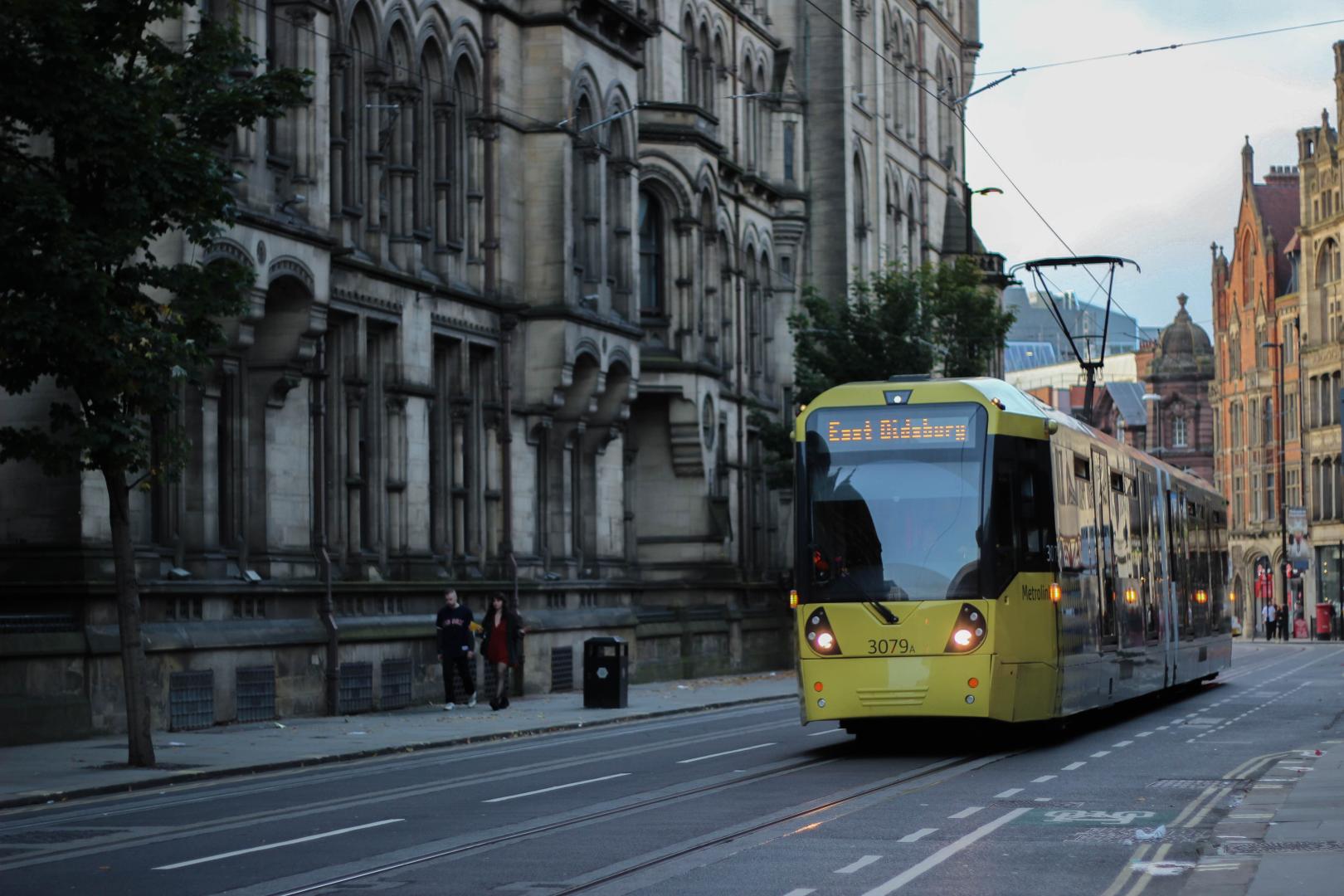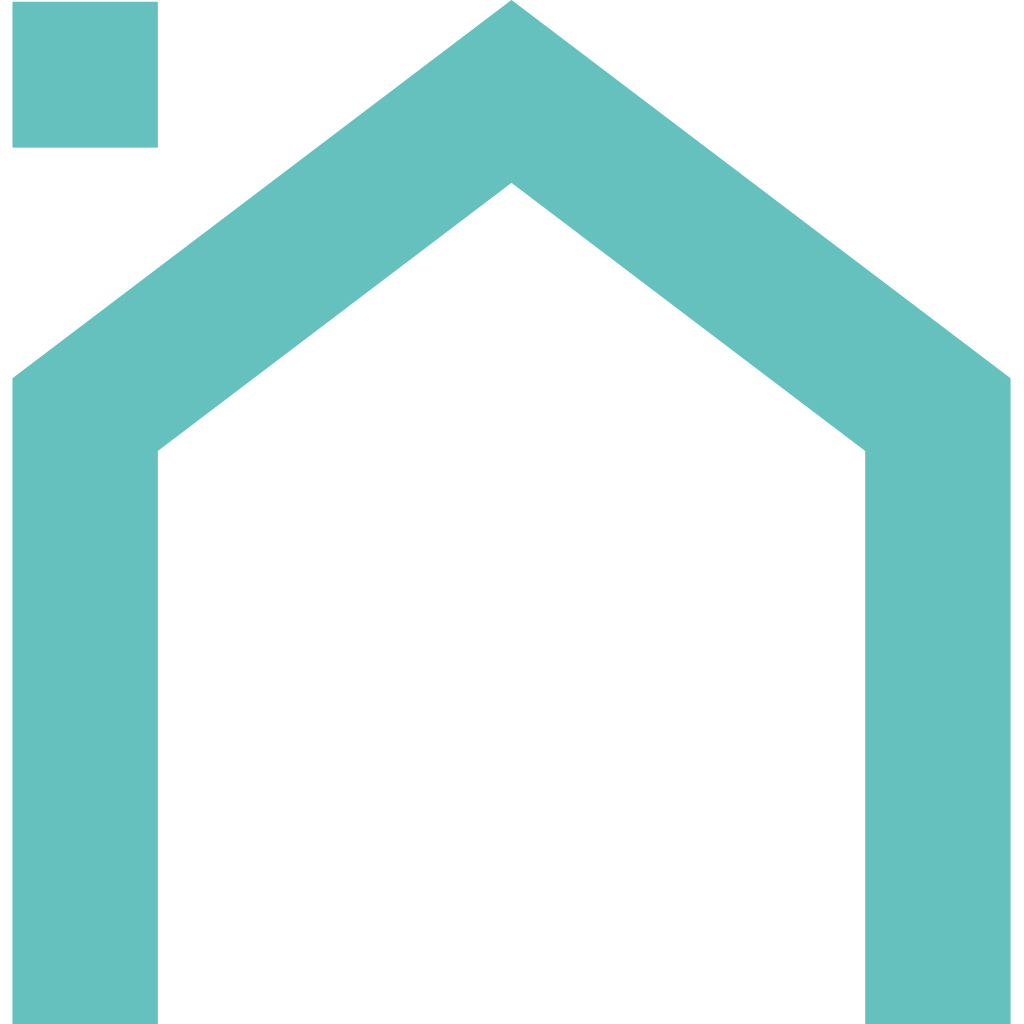London Underground celebrated its 160th birthday. Starting out as the metropolitan Railway in 1863, it was the first service of its kind in the world and there will be events to celebrate the fact all year.
However, this anniversary will have resonated far more with some Londoners than others; or, more specifically, chiefly with those north of the Thames, where most of the network lies. While many parts of London take their identity from the lines, stops or zones they are in, the situation is a little different in the south.
That does not mean anyone seeking a house for sale in Croydon need worry too much about transport. This is partly because there is an extensive mainline rail network south of the river, but also because of the Croydon Tramlink.
Consisting of two lines and 39 stations, the trams are an invaluable way of getting in and out of Croydon itself and across south London. They also do connect to one of the few Tube services that reach deep into south London, linking with the District line at Wimbledon.
There is also a connection with London Overground services at West Croydon Railway Station, one of seven interchanges between the trams and rail services.
Just as buyers elsewhere in London might search for a home near a Tube or DLR station, so house hunters in Croydon can benefit from buying a home near a tram stop.
For Croydon residents, the situation is not unlike those of people living in other cities that never developed an underground network of their own, but now have trams. They have become well established in places like Manchester, Nottingham, Sheffield, the Birmingham-Black Country area and, more recently, Edinburgh.
Having started in 2000, The Croydon Tramlink might not have the glamour or the long history of the Tube, but in one part of London it has just as important a role in getting from A to B.



 2 minute read by
2 minute read by 



Share this with
Email
Facebook
Messenger
Twitter
Pinterest
LinkedIn
Copy this link